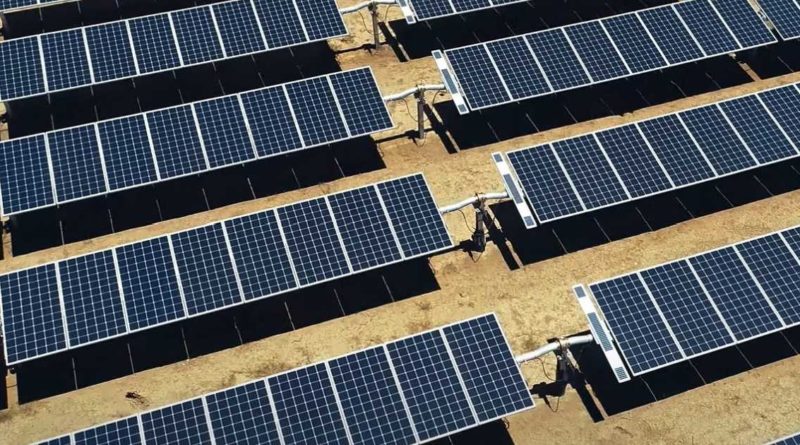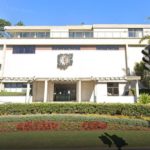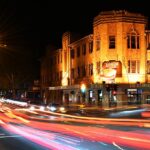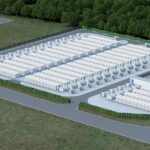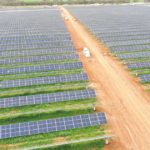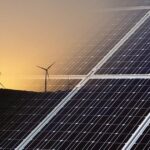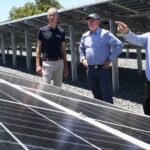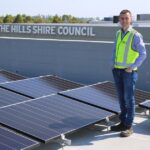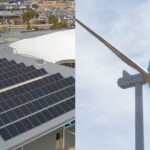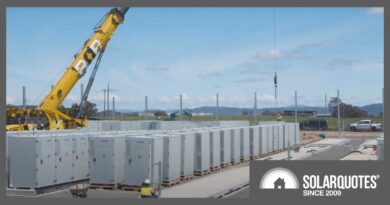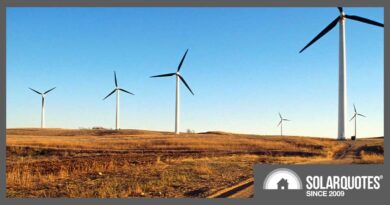Solar Helps Inner West Council Further Distance From Fossil Fuels
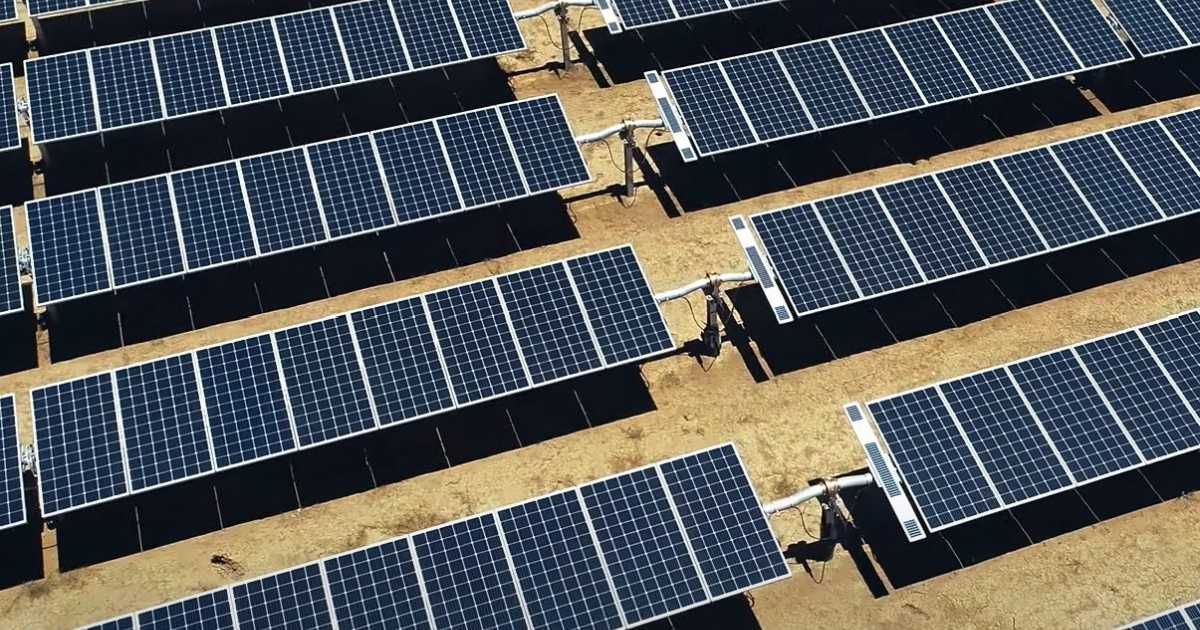

Sydney’s Inner West Council has taken another big step back from fossil fuels, switching to 100% renewable energy for its electricity supply yesterday.
In 2019, Inner West became the first council in the state to totally divest from fossil fuels. Since that time the organisation has been engaged in other efforts to sever its association with fossil fuels towards a goal of carbon neutrality by 2025.
In a deal brokered through Southern Sydney Regional Organisation of Councils (SSROC) with ZEN Energy earlier this year, Inner West Council said it is among 171 other local governments switching to 100 per cent renewable energy yesterday. Their supply will be covered by output from the Moree, Hillston and Nevertire Solar Farms; all located within New South Wales.
The electricity agreement – in total worth approximately $180 million – will deliver more than 214 gigawatt hours of clean electricity per year to 25 councils across NSW.
“We are taking serious action on climate change by thinking globally and acting locally. We are determined that Inner West continues to be a national leader in sustainability,” said Mayor Darcy Byrne. “Electricity makes up around three-quarters of Council’s corporate carbon emissions, so going completely renewable for electricity is a massive step forward for us.”
At the time the agreement was originally inked, participants were to get this green energy at the same or lower cost than their previous contracts for standard fossil-fuel soaked supply2. But given recent electricity price rises in New South Wales, it may now be more a case of the latter.
The Inner West LGA And Solar Energy
As well as this solar electricity supply deal, Council has racked up a bunch of solar panels on its own buildings. More than 780kW of solar capacity is generating clean power at 37 Council facilities so far. The systems range in size from just 1.5kW to 250kW; the latter being an installation at the Ashfield Aquatic Centre. And there’s more to come.
The organisation has also been encouraging the wider community to take up solar power. In 2020, Council set a goal of a 1,000% increase in solar energy generation across the Inner West over the next decade. This would be quite a challenge under ideal conditions, but even more so in the Inner West where 40% of residents in the LGA live in rental properties and 44% of homes are apartments.
For example, in Ashfield, solar panels aren’t all that common even though it has a pretty high population. Just 554 small-scale systems have been installed with a collective capacity of 3,212 kW as at May 31, 2022. Ashfield’s postcode (2131) has a population of 23,841.
One of the ways Council has been promoting PV uptake in the community is by encouraging locals to register interest in becoming “solar gardeners“. Assuming the project goes ahead, this will involve members purchasing 3kW plots in a proposed solar farm some 500 kilometres away at Grong Grong in New South Wales’ Riverina Region. The value of the energy these plots generate are to appear as a credit on participants’ power bills.
However, the electricity retailer partner is Enova Community Energy and it’s not clear where the project stands given Enova was placed into voluntary administration last month – another victim of the recent (and ongoing) “energy crisis“.
Footnotes
- In the original SSROC announcement, 19 Councils opted for 100% renewables supply.
- In 2021, renewables made up around 22.8% of New South Wales’ energy mix. Black coal made up 68.3%. Source: OpenNEM.
Original Source: https://www.solarquotes.com.au/blog/inner-west-solar-mb2543/

